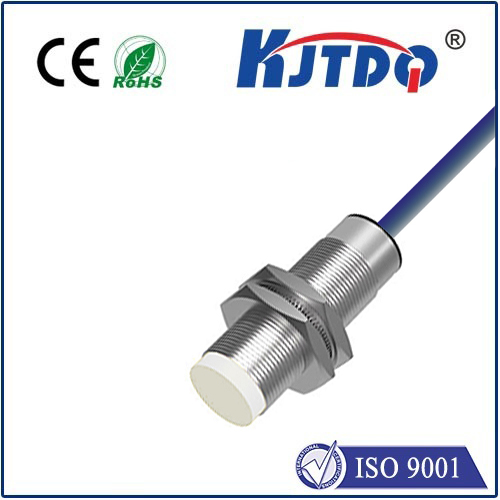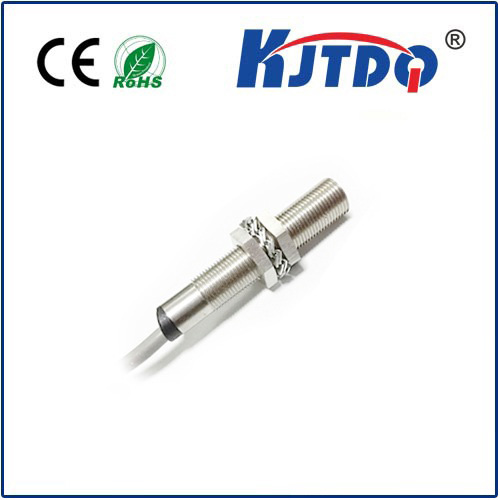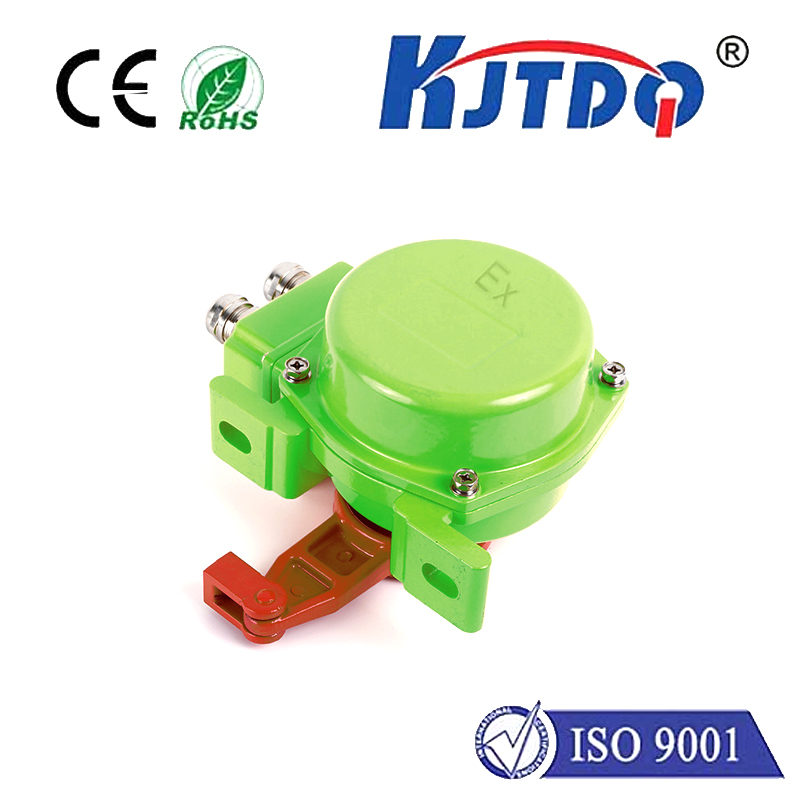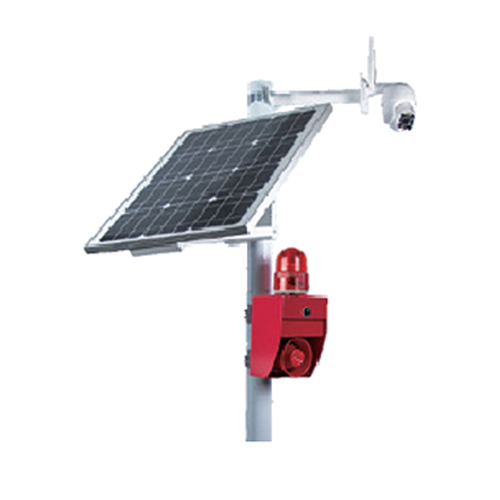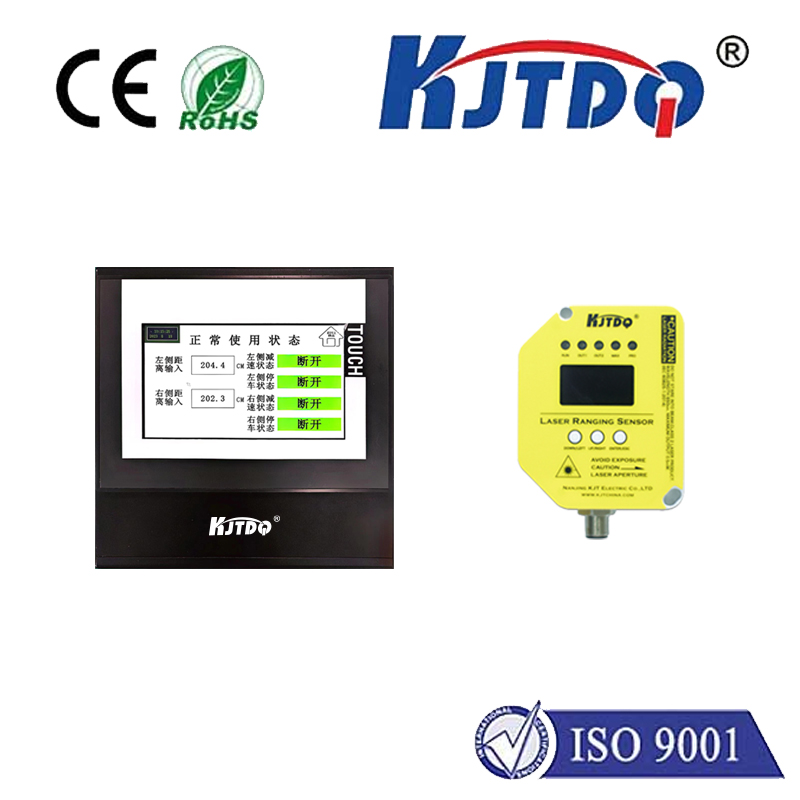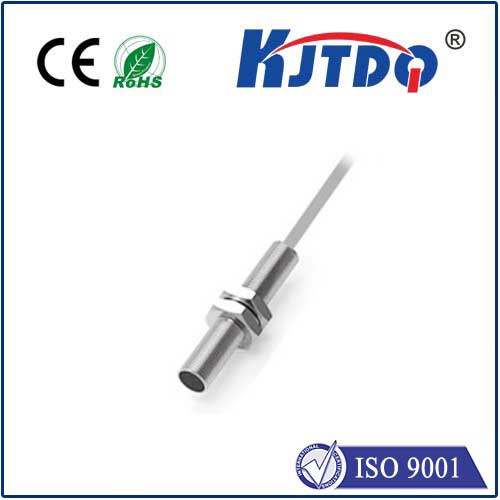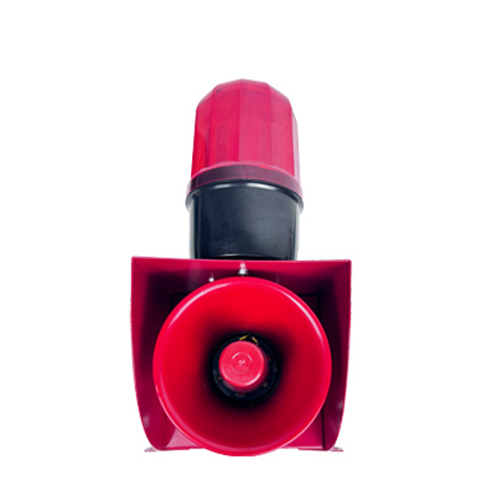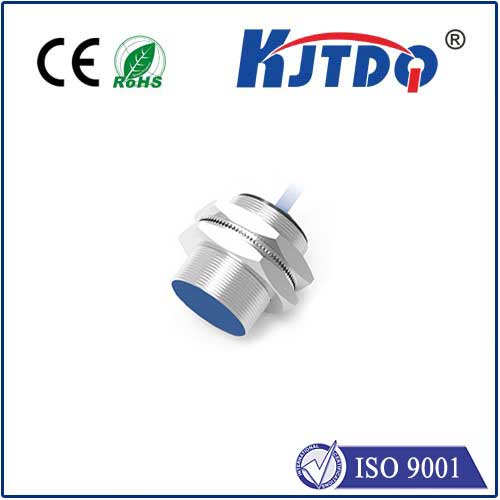Датчик близости
- time:2025-07-19 08:26:11
- Нажмите:0
Vicinity Sensors: The Unseen Guardians of Modern Automation
Ever walked through automatic sliding doors that smoothly open just as you approach? Or used a phone that dims its screen when held to your ear? Or perhaps you’ve marveled at manufacturing lines where robotic arms flawlessly assemble components without physical contact. These everyday conveniences and industrial marvels share a common, silent hero: the Датчик близости. Also widely known as proximity sensors, these devices detect the presence, absence, or position of nearby objects – their vicinity – without direct contact. Operating on fundamental principles like electromagnetic fields, infrared radiation, acoustic sound, or capacitance changes, they provide critical data that powers countless automated processes. Understanding the types and applications of vicinity sensors is key to appreciating how they safeguard efficiency and unlock smart interactions across diverse sectors.
The Core Function: Detecting Without Touching
Unlike mechanical switches requiring physical pressure, vicinity sensors excel at non-contact detection. This fundamental characteristic grants them significant advantages:
- Enhanced Reliability: Reduced wear and tear due to the absence of physical contact means a longer operational lifespan.
- Faster Response Times: Detection occurs near-instantly as soon as an object enters the sensor’s field.
- Hygienic Operation: Ideal for food processing, pharmaceuticals, and clean rooms where contamination must be avoided.
- Resilience: Suitable for challenging environments involving dirt, dust, moisture, oil, or extreme vibrations.
- Object Versatility: Capable of detecting a wide range of materials – metal, plastic, wood, liquid levels, or even biological matter.
Unpacking the Technology: Primary Vicinity Sensor Types
The term “Датчик близости” encompasses several distinct technologies, each suited for specific applications. The most prevalent types include:
- Inductive Proximity Sensors: The masters of metal detection. These sensors generate a high-frequency oscillating electromagnetic field. When a ferrous (iron-based) or non-ferrous (like aluminum, brass, copper) metal object enters this field, it induces small currents (Eddy currents) within the target. This current draw disrupts the sensor’s own oscillation, triggering a switch signal. Inductive sensors are robust workhorses in industrial automation, ideal for counting metallic parts (object detection), verifying machine component positions, limit switching, and detecting rotation on metal targets. Their immunity to dust, dirt, and liquids makes them indispensable in harsh factory environments.
- Capacitive Proximity Sensors: Detecting almost anything. These sensors operate similarly to inductive models but create an electrostatic field. Any object entering this field alters its capacitance. Crucially, capacitive sensors can detect a much broader range of materials: metals, plastics, wood, liquids, paper, glass, and even powders or granules. This versatility makes them essential for tasks like liquid level detection in tanks or bottles, presence verification of non-metallic products on conveyor belts, and material thickness monitoring. They are the go-to Датчик близости for applications involving non-conductive targets.
- Ultrasonic Sensors: Measuring distance through sound. These sensors emit high-frequency sound pulses and measure the time taken for the echo to return after bouncing off an object. This principle allows them to not only detect presence but also accurately measure distance within their vicinity. They perform remarkably well in dusty, foggy, or dark environments where optical sensors might fail, making them perfect for distance measurement, tank level monitoring, object presence detection on uneven surfaces, and collision avoidance systems on vehicles or Automated Guided Vehicles (AGVs).
Where Vicinity Sensors Power Progress: Key Applications
The ability to reliably detect objects without contact has made vicinity sensors indispensable across countless sectors:
- Industrial Automation & Manufacturing: This is arguably their primary domain. Vicinity sensors are core components for precise object detection on high-speed assembly lines, verifying robot tool positions, ensuring parts are present before machining (presence verification), counting products, and triggering automated processes only when components are correctly aligned. Their role in safeguarding personnel around machinery (safety interlocks) and monitoring vibration levels is also critical for reliable production.
- Security & Access Control: Passive Infrared (PIR) sensors, a type of Датчик близости detecting body heat (infrared radiation), are ubiquitous in motion-activated lighting and security alarms. Inductive loops embedded in roadways detect vehicles for traffic light control. Capacitive sensors can be integrated into touch-sensitive panels or detect unauthorized approach to sensitive areas.
- Consumer Electronics & Smart Homes: The smartphone in your pocket likely uses multiple vicinity sensors. An inductive or capacitive sensor detects when it’s held near your ear during a call (proximity detection), turning off the display to save power and prevent accidental touch inputs. Automatic faucets, paper towel dispensers, soap dispensers, and hand dryers rely heavily on infrared or capacitive non-contact detection. Smart appliances increasingly use them for intuitive user interaction and status monitoring.
- Автомобильная промышленность: From safety to convenience: vicinity sensors (especially ultrasonic and radar) form the backbone of parking assistance systems, triggering audible alerts as the car approaches obstacles (object detection). They enable keyless entry and ignition systems. Advanced Driver Assistance Systems (ADAS), like blind-spot monitoring and collision avoidance, heavily depend on sophisticated sensor technology to perceive the surrounding vicinity.
- Material Handling & Logistics: Ensuring smooth flow: Capacitive sensors detect material levels in silos and hoppers. Inductive sensors confirm the presence of metal pallets or containers. Ultrasonic sensors guide robots in warehouses and manage package sorting systems. They are vital for inventory control and automated guided vehicle (AGV) navigation.
- Building Automation: Creating smart environments: PIR sensors control lighting and HVAC systems based on room occupancy detected within their vicinity, significantly improving energy efficiency. Capacitive touch panels provide intuitive control interfaces.
The Future of Sensing: Smarter, More Integrated Vicinity
Vicinity sensor technology is continuously evolving. Key trends include:
- Miniaturization: Shrinking sensor sizes enable integration into smaller devices and tighter spaces.
- Increased Intelligence: Integration of microcontrollers allows for on-device data filtering, basic logic functions, diagnostics, and self-calibration, reducing the load on central controllers and improving application robustness.
- Enhanced Connectivity: Sensors are increasingly featuring IO-Link, Bluetooth, or wireless capabilities, enabling easy configuration, remote monitoring, predictive maintenance, and seamless integration into larger Industrial Internet of Things (IIoT) and smart manufacturing ecosystems.
- Multi-Technology Fusion: Combining different proximity sensing principles (e.g., inductive + capacitive, ultrasonic + optical) in single units or systems provides more comprehensive perception capabilities.
From the mundane magic of an automatic door to the complex choreography of a robotic assembly line, vicinity sensors are the fundamental enablers of non-contact detection. Their silent, reliable operation underpins the efficiency, safety, and intelligence we increasingly expect in our automated world. As these sensors evolve to become smaller, smarter, and more connected, their role as the “unseen guardians” of efficiency and safety will only deepen, shaping the future of automation across every sphere they touch.

